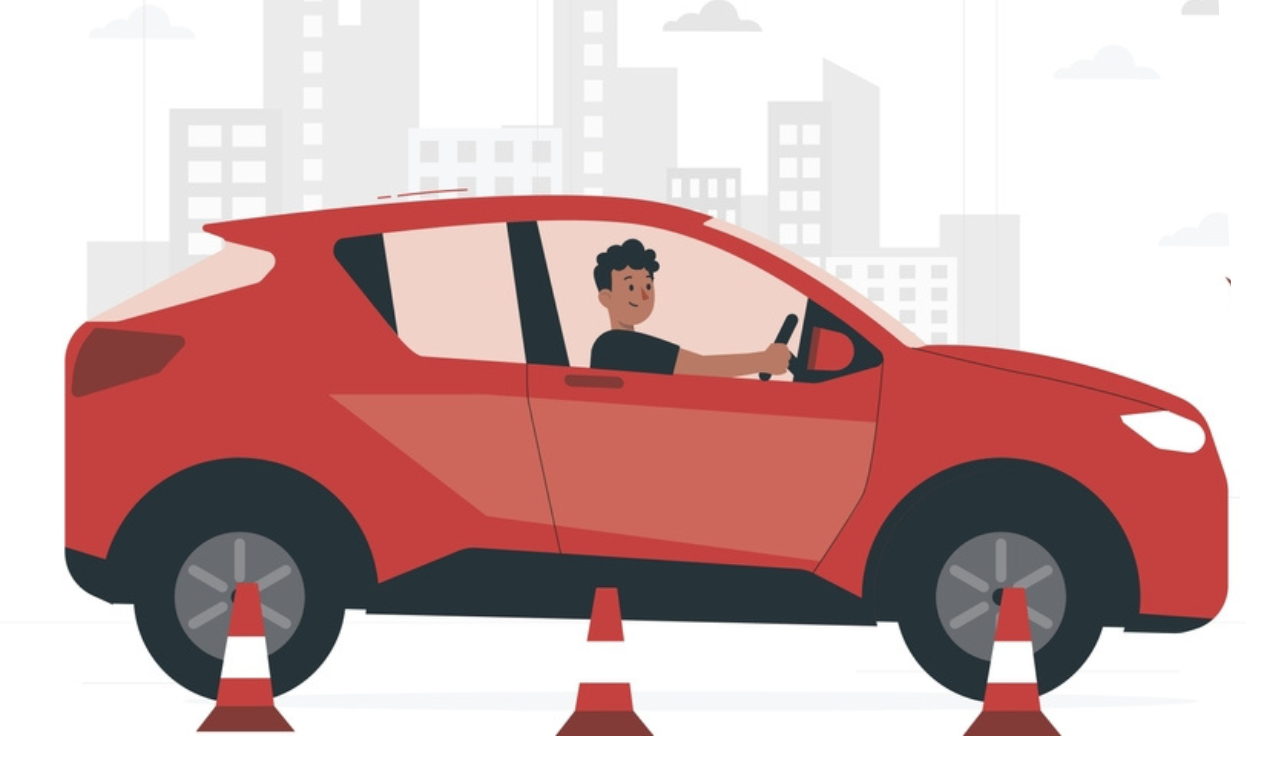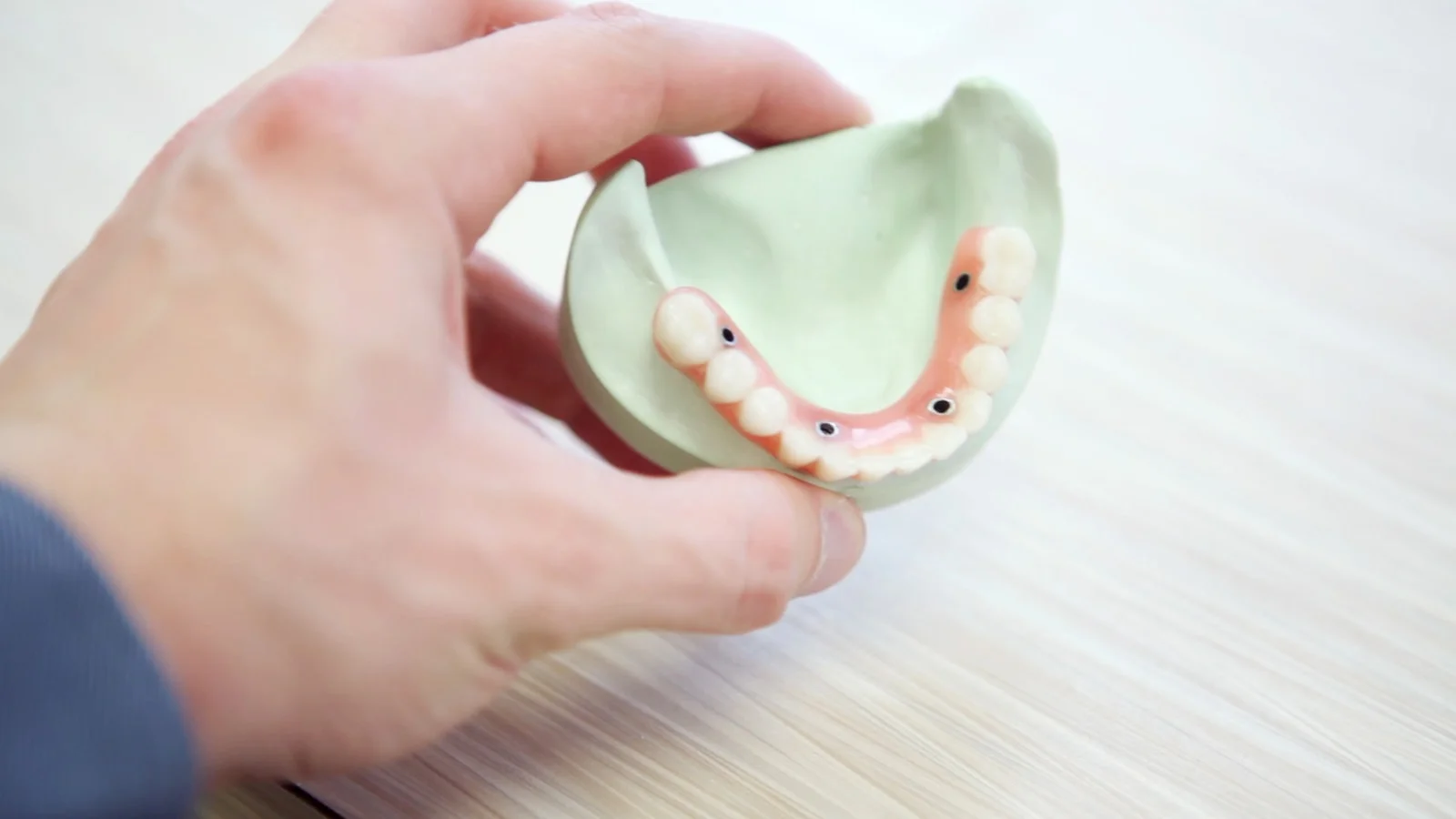Driving is an everyday activity that most people engage in, but it’s also an activity that is surrounded by numerous myths and misconceptions. You might have heard advice from friends or stories that have been around for a long time.
These myths can affect the way you drive and make you believe in things that aren’t even true. But it’s time to separate fact from fiction and debunk the top 10 driving myths that have misled many. Read this article until the end to know some of the most bizarre myths and misconceptions people believe in.
Top 10 Myths and Misconceptions Debunked
Here are the top 10 ten driving myths and misconceptions in Australia are as follows:
1. Driving Barefoot is Illegal
Contrary to popular belief, driving barefoot is legal in Australia. No law specifically says you must wear shoes while driving. However, wearing appropriate footwear is generally advisable.
Wearing shoes can give you better control over the pedals because they provide grip. It’s essential to have a good grip on the pedals to ensure that you can operate them smoothly and safely. Additionally, wearing shoes can offer some protection to your feet.
They act as a barrier between your feet and any potential hazards inside the vehicle.
2. Eating at the Wheel is Illegal
Eating while driving is not explicitly illegal in Australia but is strongly discouraged. Eating requires you to use your hands and focus on handling food or drinks. This can make it harder for you to control the steering wheel and react quickly to any unexpected situations on the road.
It is crucial to have both hands on the wheel and be ready to respond to any hazards or changes in traffic. Thus, it is best to pull over in a safe place if you need to eat, as it allows you to focus on your meal without risking your safety or the safety of others on the road.
3. Talking on a Call While Driving is Illegal
If you have a full driver’s license in Australia, you can use your phone to make or answer a call or listen to music, but there are some important rules to follow. You must use a hands-free device, like Bluetooth or a speakerphone, to use your phone while driving. Another option is to use a phone holder attached to your car, which keeps your phone secure and within reach.
However, it is essential to remember that the laws may vary slightly between different states and territories in Australia. To ensure you are following the law and staying safe, you must familiarise yourself with the specific regulations in your state.
4. Speeding up to Beat a Yellow Light is Acceptable
When you come across a yellow or amber light while driving in Australia, Rule 57 of the Road Rules 2014 states that you should stop your vehicle if it is safe. This means that if you have enough time to safely come to a stop before reaching the intersection, you should do it.
Hence, speeding up to beat a yellow light is unacceptable and dangerous. When you try to rush through a yellow light, you might not have enough time to cross the intersection before the light turns red safely.
This can lead to collisions with other vehicles or pedestrians who have started moving in response to the green light in their direction.
5. Driving with Your Interior Lights on is Illegal
A common misconception is that driving with your interior lights on is illegal in Australia. However, that is not the case. It is perfectly legal to drive with your interior lights on while driving.
Though, it is generally recommended to keep them dim or turned off while driving at night. This is because bright interior lights can be distracting and affect your ability to see the road clearly.
6. You can Sleep off the Alcohol in Your car
It is not safe or legal to sleep off alcohol in your car in Australia. It’s important to understand that being in control of a vehicle while under the influence of alcohol is a severe offense. Even if you have no intention of driving, being in the driver’s seat can lead to severe penalties.
In Queensland, for example, under the Transport Operations (Road Use Management) Act 1995, a person is considered “in charge” of a vehicle, even if it is stationary or turned off. This means that you can still be charged with a drunk driving offense, even if the engine is not running.
7. You Cannot Drive with a Broken Hand
No specific law says you cannot drive with a broken hand in Australia. However, according to the Roads and Maritime Services (RMS) in NSW, you must be able to operate all vehicle controls and always have a hand on the steering wheel.
Considering this requirement, driving a manual vehicle with a broken arm would be extremely challenging, if not impossible. It’s always best to consult with a medical professional if you have a broken hand and are unsure about your ability to drive safely. They can assess your condition and guide whether it is safe for you to drive.
8. Driving After Taking Prescription Medication is Illegal
It is not necessarily illegal to drive after taking prescription medication in Australia. However, you are responsible for ensuring that any medication you take does not impair your ability to drive safely.
Some medications can cause drowsiness or affect concentration, which can be dangerous while driving. Always read the labels and warnings on your medicine and consult with your doctor or pharmacist if you have any concerns.
9. It is Okay to Drive a car Without Number Plates
No, driving a car without proper number plates in Australia is illegal. Number plates serve as a form of identification for vehicles. They are essential for law enforcement and other road users to identify your vehicle.
Driving without number plates can result in significant fines and penalties. It is essential to ensure that your vehicle is registered correctly and always displays the correct and valid number plates.
10. Insurance is not Compulsory to Drive
Many people believe you do not need insurance to drive in Australia, but that is not true. Compulsory third-party insurance (CTP) is necessary to legally drive on public roads. CTP insurance covers any injuries caused to other people if you get into an accident.
The rules for CTP insurance can vary slightly from state to state, but it is mandatory everywhere.
Remember, driving without the proper insurance can get you into trouble. You might have to pay fines, lose your license, or even face legal consequences. So, it is important to understand your state’s insurance rules and ensure you are covered.
Conclusion
There are many false beliefs and misunderstandings about driving apart from these 10, and staying informed is vital to avoid being misled. If you have any questions or doubts about driving laws, it’s best to check official government sources or ask a qualified driving instructor.
Furthermore, consider taking driving lessons from Onroad Driving School to become a confident driver who can distinguish between facts and myths. The driving instructors at their Sydney Driving School are passionate about teaching new drivers through specially designed courses and driving lessons. Discover how Onroad Driving School can help you become a better driver with their around-the-clock booking system today.


















